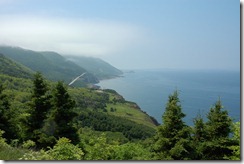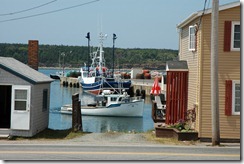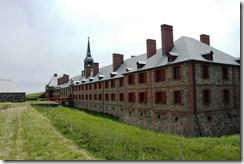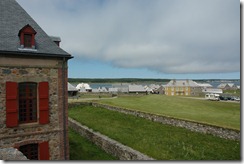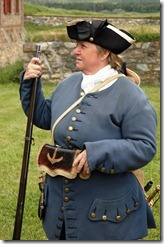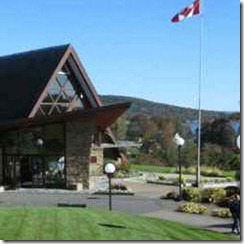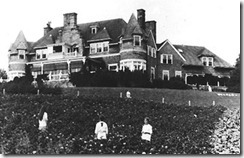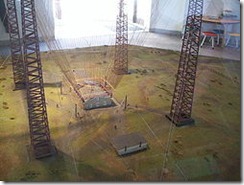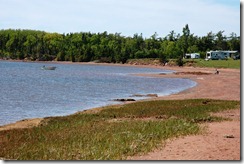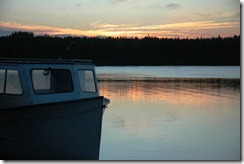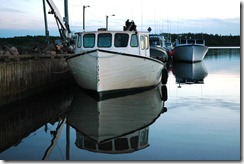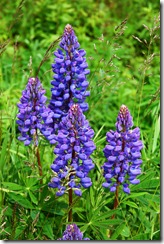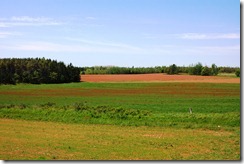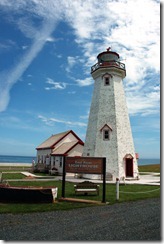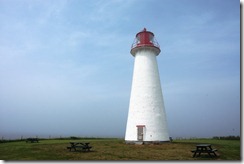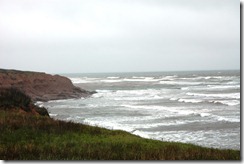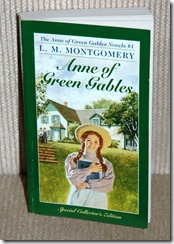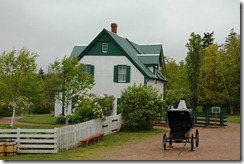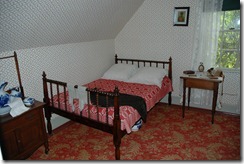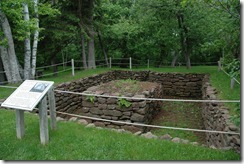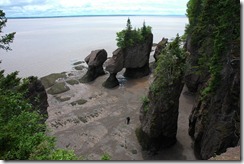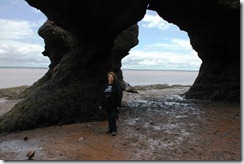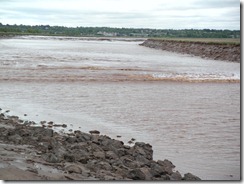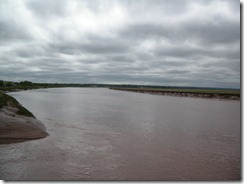Newfoundland
Thinking back to when I was a child, I believe my impression of Newfoundland was akin to my impression of Greenland and Iceland: a desolate island in the North Atlantic populated by native Americans (I’m sure I called them Indians or Eskimos), seals, moose and puffins. It was a long time ago, of course, but I assume my impression was based on articles in National Geographic and maybe “nature” films I saw in elementary school. That impression has now changed.
But I’ll begin describing this part of the trip with the ferry. The one we were on is 656 feet long and has 9 decks, including 3 vehicle decks. It can carry a huge number of 18 wheelers, and the deck we drove onto looked like the hangar deck of an aircraft carrier.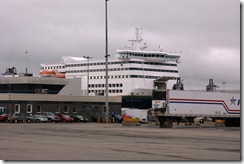 The ship is the M/V Highlanders and is one of two sister ships that went into service in 2011, so its virtually brand new. I couldn’t get a good picture of the ferry because when I attempted to get a better angle I was chased by a security guard.
The ship is the M/V Highlanders and is one of two sister ships that went into service in 2011, so its virtually brand new. I couldn’t get a good picture of the ferry because when I attempted to get a better angle I was chased by a security guard.
The ship has 96 cabins and 500 comfortable airline-type seats—wider than those on planes, and with a lot more legroom. The trip took 6 hours, and departed at 11:30am. There’s also a late-night trip, which explains the cabins.
For folks who live on the southwest part of the island, the ferry is pretty much the only public transportation to the mainland. The one-way fare for a car is $105.00 plus $40 per passenger, each way. There are no round-trip discounts or discounts for residents, which makes traveling to the mainland a fairly expensive proposition for residents. Those fares are a subject of much discussion for the Newfoundlanders. The fare for our truck and trailer worked out to a bit over $350 each way.
Okay, enough about getting here. Newfoundland consists of a lot of wide-open spaces, beautiful mountains, and spectacular scenery. The cloud-topped mountains along the section of the Trans Canada Highway, which is one of very few main roads on the island, between the ferry and our campground, look like the mountains of Maui, without the palm trees.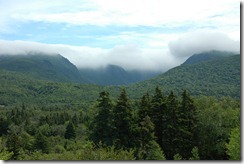 And what I’ve written about the warm and friendly people of Canada goes double for Newfoundlanders (or Newfies). They’re known as the funniest Canadians (just ask them).
And what I’ve written about the warm and friendly people of Canada goes double for Newfoundlanders (or Newfies). They’re known as the funniest Canadians (just ask them).
Everyone we’ve met seem truly interested in who we are and where we come from, and want us to learn about their province. By the way, the name of the province is “Newfoundland and Labrador”, but the Labrador part is on the mainland next to Quebec. I never knew Newfoundland and Labrador were a combined province. Just one of many things I didn’t know about Canada.
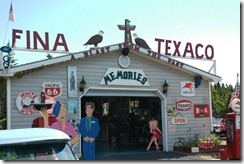 While driving around here we came across a local “museum” which is set up in a small garage. It’s really a hobby for a retired Newfie and consists of some restored antique cars (and I use the term advisedly since his featured Ford is newer than my first car),
While driving around here we came across a local “museum” which is set up in a small garage. It’s really a hobby for a retired Newfie and consists of some restored antique cars (and I use the term advisedly since his featured Ford is newer than my first car), 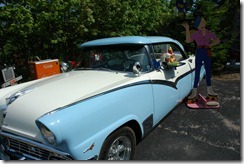 some restored gas pumps, and a few home made (of wood) half-size model cars and trucks. We had a nice chat with the owner who told us a bit about that part of Newfoundland. By the way, the correct pronunciation is New-fund-land, with stress on the last syllable. Its Newfundlaaand, not Newfundlind as we tend to pronounce it in the States.
some restored gas pumps, and a few home made (of wood) half-size model cars and trucks. We had a nice chat with the owner who told us a bit about that part of Newfoundland. By the way, the correct pronunciation is New-fund-land, with stress on the last syllable. Its Newfundlaaand, not Newfundlind as we tend to pronounce it in the States. 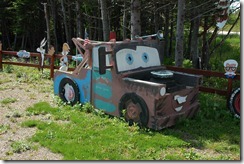
We had a substantial rainstorm last night, with very heavy winds. There’s an article in the local travel brochure that warns about the danger of driving in the area when high wind warnings are posted. Apparently 18-wheelers have occasionally been blown off the road, and years ago a bunch of loaded rail cars met that fate as well. We’ll try not to tow the trailer around here when there are wind warnings posted. There’s a park about 30 miles up the road where moose and bears can often be seen. We just headed there, but the rain resumed in deluge proportions, so we turned around and returned to the campground.
Tomorrow we’ll head to the national park in the northwest part of the island where the terrain is supposed to look a lot like Scandinavia, complete with fjords. Hopefully, the weather will improve.
